Some birds have several names (think Peewit, Green Plover, and Northern Lapwing, all Vanellus vanellus). The scientific binomial is usually the definitive name, but even that can change especially in the age of DNA analysis. Either way, there are common names, colloquial names, and others that can add to the rich tapestry of birding life. I asked the members of the UK Bird Identification group on Facebook for a few of their favourite examples, having myself offered Bonxie (the Great Skua), Yaffle (Green Woodpecker), and Spuggie (House Sparrow), as some of my favourites.
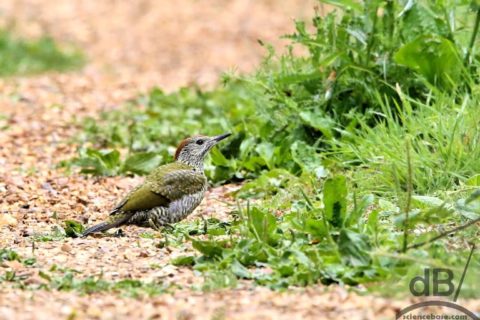
Mick pointed out that his word for a Spuggie is a Spudge and Maggie added that spuggies thrive in Yorkshire as well as Geordieland (from whence I hail and from where Sarah’s family also hail and she calls House Sparrows spuggies too and knows someone who refers to Long-tailed Tits as “flying teaspoons”). Wendy added that an older bird-watching friend calls Great Tits (Parus major) Tomtits. Interesting because tomtit is also Petroica macrocephala, an Australian Robin, endemic to New Zealand. Wendy also revealed that she used to refer to Ring-necked Parakeets as “Marmite Parakeets”, presumably because you either love them or hate them (or maybe it was just the colour, although if your Marmite has turned green, it’s time to get a new jar.
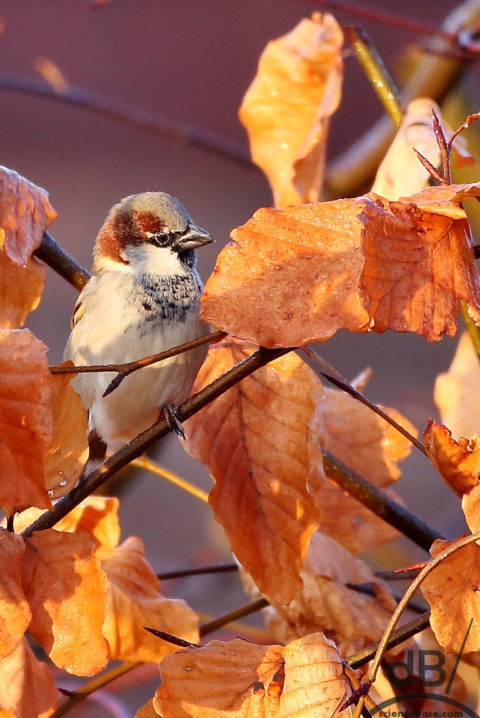
Darryl added that another Yorkshire dialect name is Fleck-lenny for the Chaffinch and his mother called Starlings “Sheps”. While people in The Orkneys call puffins “Tammie Norries”.
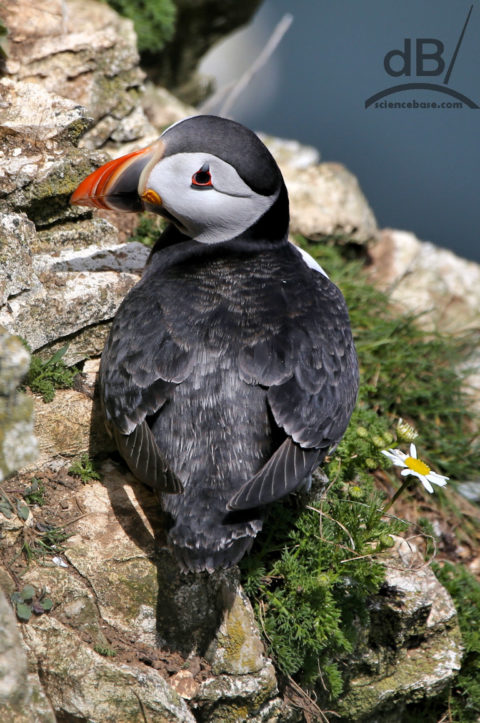
Alex pointed out that Kestrels used to be known seemingly rather crudely as Windf*ckers, but, of course, in Old English that modern expletive perhaps meant “beater”. The same bird was also known as a Windhover.
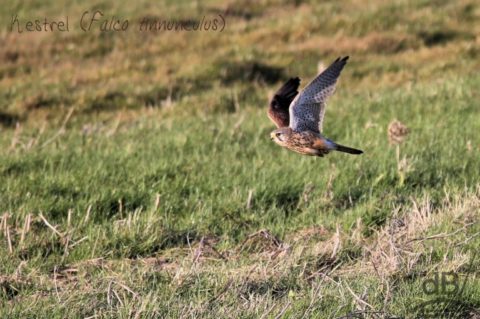
Michael Murphy gave us Tystie, Butterbump, and Sprosser as all brilliant. A quick search on DuckDuckGo (obvs) confirmed those as: Black Guillemot, European Bittern, and Thrush Nightingale. Meanwhile, Lesley tells us that a Dabchick is a Little Grebe.
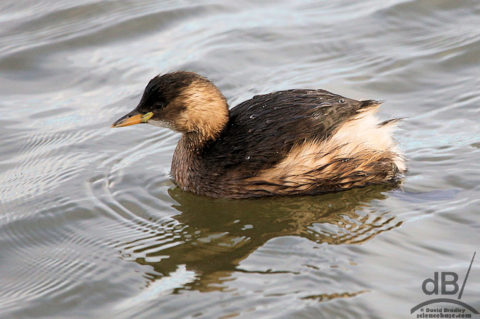
Stuart told the group that he had a parrot called Neil. I do wonder if that’s fakenews though…maybe not, I knew a black and white cat called Peter once. He adds that Toastie is another name for the Black Guillemot, apparently available in cheese and ham, similar to the aforementioned Tystie. Dave tells us a Stormcock is a Mistle Thrush and Chris says Throstle for Song Thrush. Bob also points out that in Leicester House Sparrows are also Spuggies and highlights Peewit for Lapwing too, although I had already mentioned that in the introduction to this post.
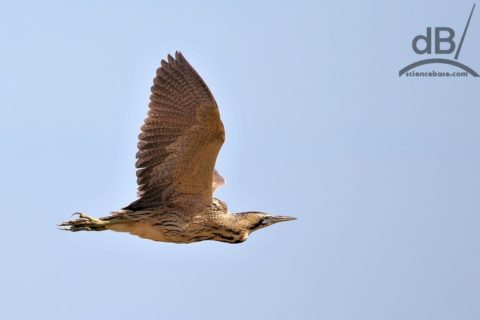
Other nicknames coming home to roost: Robin has Rosy Pastor (Rosy Starling) and Goatsucker (Nightjar), Ginny mentioned how Puffling – describes Puffin chicks perfectly. Les tells us that in Liverpool Woodpigeons are called Wood Micks but says he hasn’t a clue why; I think we might offer a good guess.
A blackwit is Black-tailed Godwit. A barwit a Bar-tailed-Godwit.
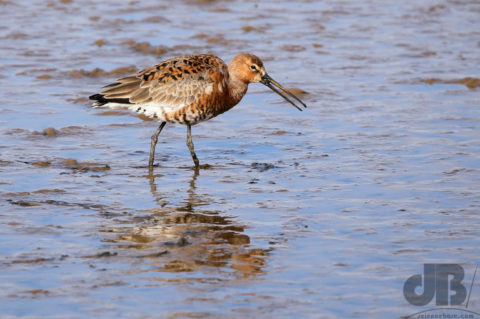
Gropper – Grasshopper Warbler.
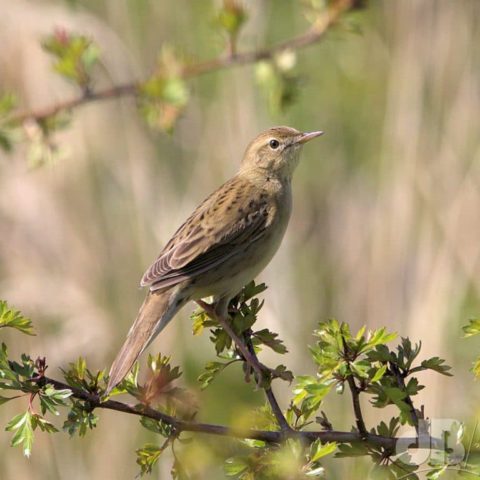
Oh and for anyone wondering, yes it was Professor Yaffle who was the bookend Green Woodpecker in Bagpuss!
This post is essentially an appendix to my tongue-in-beak birding glossary.